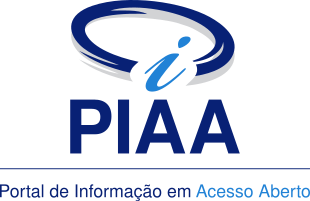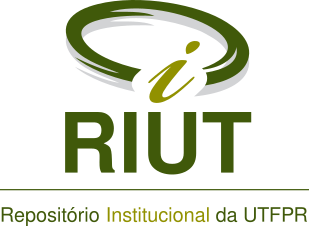Evaluation of yellow food coloring consumption by infants and pre-school age children
Resumo
It is widely known that the sole function of food colorings is giving colors to food, without offering any nutritional value. Studies have been demonstrating the occurrence of adverse reactions in the short and long run, due to the consumption of food containing artificial colorings. Reactions vary from toxic reactions in metabolism causing allergies, to behavior changes, in general, and carcinogenicity, observed in the long term. The goal of this work was to evaluate the consumption of yellow artificial colorings contained in powdered drinks, sodas, candies, lollipops, jell-O and popsicles consumed by students between 0 and 1 year 11 months old and children between 2 and 5 years 11 months old from the private education system in the city of Campo Mourão. A survey about the consumption of these foods was elaborated and sent to parents/guardians, in order to be answered. Data were handled with the “Statistica 13” software. The reported consumption was quantified, and the quantity of colorings in these foods was considered as the maximum content permitted by legislation. The quantity of colorings consumed by children was compared to the acceptable daily intake for each age range, considering the average weight indicated by the 50 percentile on NCHS tables. It was verified that Sunset Yellow and Tartrazine Yellow dyes do not exceed the acceptable daily intake (ADI) in all age ranges.
Palavras-chave
Texto completo:
PDF (English)DOI: 10.3895/rebrapa.v9n1.5690
Apontamentos
- Não há apontamentos.
Direitos autorais 2018 CC-BY

Esta obra está licenciada sob uma licença Creative Commons Atribuição 4.0 Internacional.





